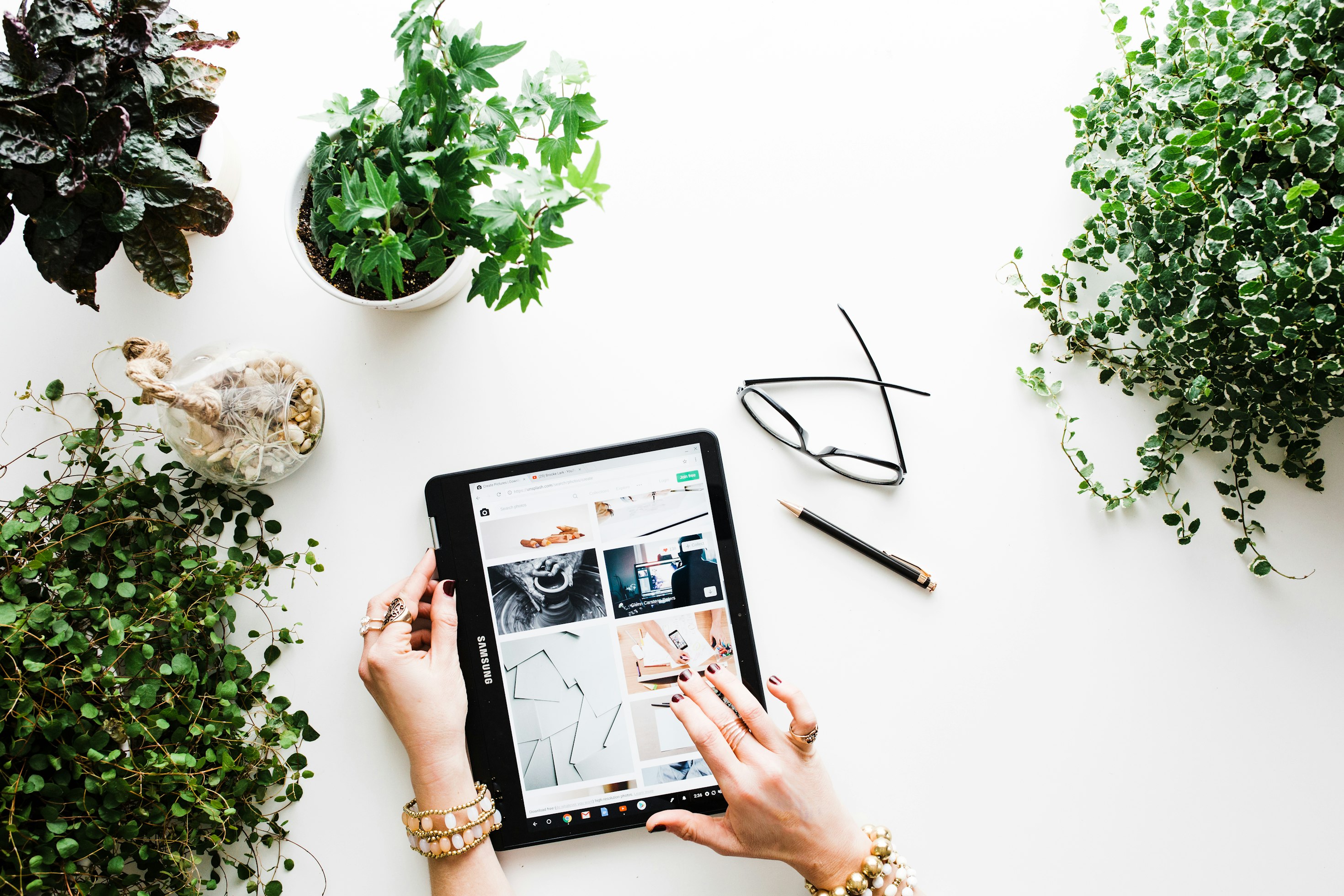How to Add Social Proof to Your Shopify Store (5 Actionable Methods)
Posted June 17, 2025 • Written By The Socialphotos Team

In a crowded e-commerce world, trust is everything. While it's never been easier to start a Shopify store, it's never been harder to stand out. One of the most effective ways to build credibility and increase conversions is by using social proof.
Social proof is the simple idea that people trust other people. When a potential customer sees that others are buying from you, leaving positive reviews, and sharing photos of your products, it reassures them that they're making a good decision. Instead of theory, this guide provides 5 actionable methods and Shopify social proof examples you can implement today.
(If you'd rather just see a list of tools, check out our guide to the Best Social Proof Apps for Shopify.)
Method 1: Displaying Customer Reviews & Ratings
This is the most fundamental type of social proof. A study by BrightLocal found that 88% of consumers trust online reviews as much as personal recommendations. Displaying star ratings and detailed reviews gives shoppers a quick, honest assessment of your products.
How to add it to Shopify:
- Use a dedicated review app. This is the easiest way to automate the process. Apps like Loox, Judge.me, or Stamped will automatically email customers after a purchase to ask for a review.
- Place reviews strategically. Display star ratings directly under product titles and showcase detailed reviews further down the product page, close to the "Add to Cart" button.
- Incentivize photo reviews. Offer a small discount on a future purchase if a customer includes a photo with their review. This adds a powerful visual element.
Method 2: Using Sales Pop-ups & FOMO Notifications
This method leverages the Fear of Missing Out (FOMO). By showing real-time store activity, you create a sense of urgency and popularity that encourages hesitant shoppers to act.
How to add it to Shopify:
- Show recent sales notifications. Use an app like Qikify or SP Sales Pop to display small pop-ups like "Jane from New York just bought this product!"
- Display a live visitor counter. Showing "25 people are looking at this right now" can significantly increase the perceived demand for a product.
- Use low-stock countdowns. When a product is running low, a timer bar like "Only 3 left in stock!" can be the final nudge a customer needs to convert.
Method 3: Adding Trust Badges & Security Seals
Shoppers are cautious about entering payment information online. Trust badges are simple visual cues that reassure them your store is secure and legitimate. This is especially important on your cart and checkout pages.
How to add it to Shopify:
- Install a trust badge app. Apps like Conversion Bear or Avada Boost Sales provide a library of professional badges for free.
- Display payment logos. Showcasing logos like Visa, Mastercard, PayPal, and Shop Pay builds immediate familiarity and trust.
- Showcase policies. Use icons to highlight your "Free Shipping," "Easy Returns," or "Money-Back Guarantee" policies.
Method 4: Leveraging Influencer & Expert Endorsements
When a trusted creator or industry expert endorses your product, it transfers their credibility directly to your brand. This is a modern form of the classic celebrity endorsement, and often starts on social media.
How to add it to Shopify:
- Partner with authentic influencers. Find creators in your niche whose audience aligns with your brand. An authentic partnership feels like a genuine recommendation, not a forced ad.
- Feature their content prominently. Don't let an influencer's post disappear on Instagram. For a full strategy on this, see our guide on the best Shopify Instagram apps for sales.
- Get permission. Always get written permission before using an influencer's content on your website to avoid any legal issues.
Method 5: Creating a Shoppable UGC Gallery (The Ultimate Social Proof)
While all the methods above are effective, this is the most powerful and authentic strategy. It involves collecting photos and videos from your actual customers—known as user-generated content (UGC)—and displaying them in a beautiful gallery on your store. A shoppable app that uses UGC is the ultimate social proof because it shows a community of real people loving your products in their daily lives.
How to add it to Shopify:
The best way to do this is with a dedicated Shopify UGC app that automates the entire process.
- Use an app like Socialphotos. Our app automatically finds and collects content where customers have tagged you on Instagram (@mentions, #hashtags) and also lets you collect photos and videos directly on your site.
- Curate the best content. You have full control to choose the images and videos that best match your brand's aesthetic. There are no limits on how much content you can display.
- Tag products to make it shoppable. Turn your gallery into a sales channel by tagging products in each photo, allowing visitors to "Shop the Look."
- Embed it anywhere. You can add your shoppable gallery to your homepage to make a great first impression or add specific UGC to product pages to boost conversions. It's a no-code tool that is easy to customize.
Conclusion: Start Building Trust Today
Adding social proof to your Shopify store is no longer optional—it's essential for building a trustworthy brand. While all these methods are valuable, turning your happy customers into your best marketing asset with a shoppable UGC gallery is the most authentic way to grow your sales.
By showcasing real people enjoying your products, you create a powerful connection that resonates with new shoppers and turns them into loyal customers.